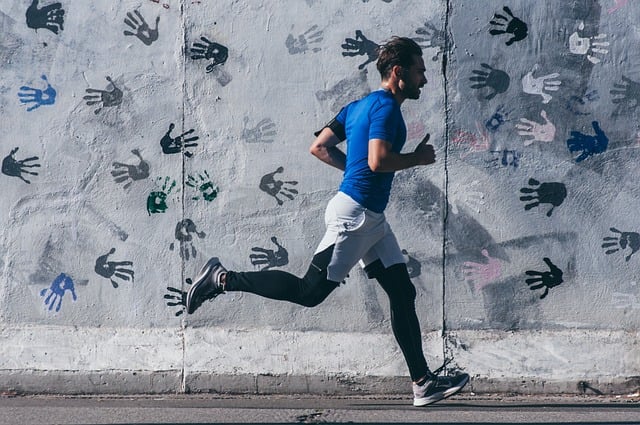Taking up a new sport

So you have decided to get fit. The question is how. Few people would dispute the fact that regular exercise is good for you and helps to keep you active in both mind and body. But what kind of exercise? Which sports will bring the greatest benefits? Which are easiest to participate in? Which sports require a lot of equipment, and which require very little? Which sports require a lot of practice, and which can be done without much preparation? Here we look at four popular sporting activities and examine their benefits in helping you to keep fit and stay fit.
Football.
Football is the world’s most popular sport and great fun to play. As far as keeping fit is concerned, it is not one of the most efficient, however, unless you play it professionally! In a typical football match, you will only burn around 400 calories per hour. Another disadvantage is that you will obviously need to be part of a team, as football is a team game. So, you will need to join a football club and also buy a complete football kit (shirt, shorts, socks) and a pair of football boots, which can be quite expensive. You will also have to pay for the hire of a football pitch for matches, either an outdoor pitch for 11-a-side matches or an indoor pitch in a sports centre for 5-a-side games.
Tip – Playing 5-a-side football will help you to develop your football skills more quickly.
Tennis.
Tennis is a popular spectator sport with tournaments such as the US Open and Wimbledon attracting millions of television viewers. If you play actively yourself, it can help you to get fit and then to keep fit, but, just like football, it is not the most efficient way of burning calories, as it will only burn around 400 calories an hour. If you intend to take up tennis, you will need to buy some tennis kit (shirt and shorts or skirt) and a more expensive item – a tennis racquet. To arrange a game of tennis, you will obviously need to find a playing partner (or partners for a game of doubles) and then hire a tennis court. You may also need to join a tennis club, as some towns and cities do not have many tennis courts for public use.
Tip – As is the case with all racquet sports, your tennis will improve more rapidly if you take lessons from a tennis coach.
Running.
Running (or jogging if you prefer a slower pace) has one great advantage over the other sports listed here. You don’t need a special place for this sport. You can begin outside your front door! The number of calories burnt per hour when running will vary depending on your weight and also on the pace that you run at, but it is normally around 500 calories per hour. As far as equipment is concerned, you won’t need much: a T-shirt and shorts in summer and a waterproof jacket in winter. You will also need to invest in a pair of running shoes and it is important to get a good pair as cheap running shoes can cause injuries.
Tip – Go running with a friend. If you can’t talk, you are running too fast!
Swimming.
Many people argue that swimming is the ideal exercise because it works different sets of muscles and there is no risk of injury from repeated contact with the ground. Perhaps surprisingly, swimming can also burn more calories than the other activities in the article, but this depends very much on which swimming stroke you use. Swimming typically burns between 400 and 700 calories per hour. Breaststroke and freestyle burn more than backstroke, but the most intensive exercise of all is the butterfly stroke. You will need to buy a suitable swimming costume and also to pay for the use of a swimming pool and facilities such as changing-rooms, showers and lockers to store your clothes.
Tip – If you are new to swimming for exercise, start by swimming widths of the pool rather than lengths.






